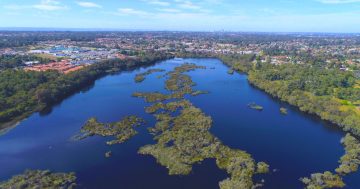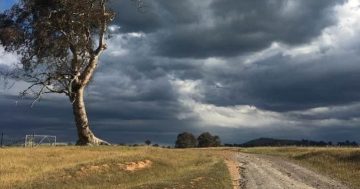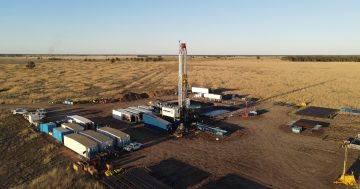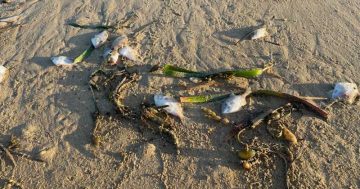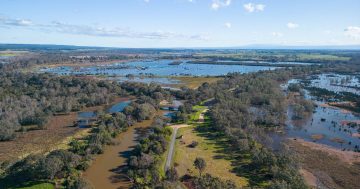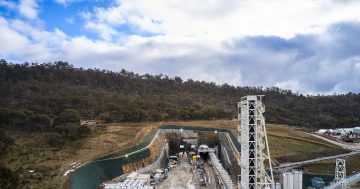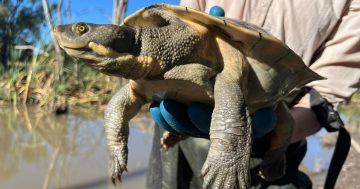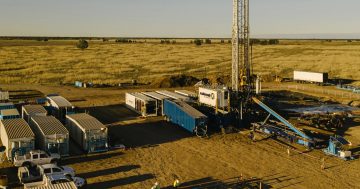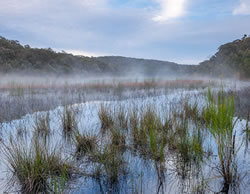 A four-year study by the Department of Planning and Environment (DPE) and others to unravel the mystery of the drying Thirlmere Lakes has found no direct connection between the drying lakes and the nearby coalmine.
A four-year study by the Department of Planning and Environment (DPE) and others to unravel the mystery of the drying Thirlmere Lakes has found no direct connection between the drying lakes and the nearby coalmine.
Thirlmere Lakes is a group of waterways in Wollondilly (located between Sydney and Wollongong) that includes Lake Gandangarra, Lake Werri Berri, Lake Couridjah, Lake Baraba and Lake Nerrigorang.
The mystery of the drying of the lakes, which are thought to be 15 million years old, has been investigated for nearly a decade.
Acting Director of Water, Wetlands and Coasts at DPE, Peter Scanes said the research confirmed factors like rainfall and evaporation were responsible for most of the recent drying and water loss at the freshwater lakes.
“Relative to climate, the impact of mining and groundwater extraction would be smaller, given climate factors are responsible for between 83 to 98 per cent of water level fluctuations in recent times,” Dr Scanes said.
“However, mining impacts could not be ruled out as there was not enough data collected prior to mining occurring nearby,” he said.
“We therefore have no yardstick for comparison to conditions before mining took place.”
Dr Scanes said the drying had been increased by the recent droughts, but investigations of sediment cores taken from the lakes found they had dried before.
The Acting Director said there was a major drying period around 12,000-21,000 years ago and the last 120 years of historical records also indicated that the Lakes had dried intermittently.
“Our scientists also looked at the underlying geology of the five lakes,” he said.
“Those studies found the lakes are like leaky bathtubs.
“They fill with water after rain and dry out on the surface from the sun, but they can also leak into the groundwater.”
Dr Scanes said following significant rainfall events in June 2016, February 2020, March 2021 and more recently, Thirlmere Lakes were potentially at their highest levels for the last decade.
He said the research project included scientists from DPE, the University of NSW, the University of Wollongong and the Australian Nuclear Science and Technology Organisation (ANSTO), with support from the NSW National Parks and Wildlife Service.


